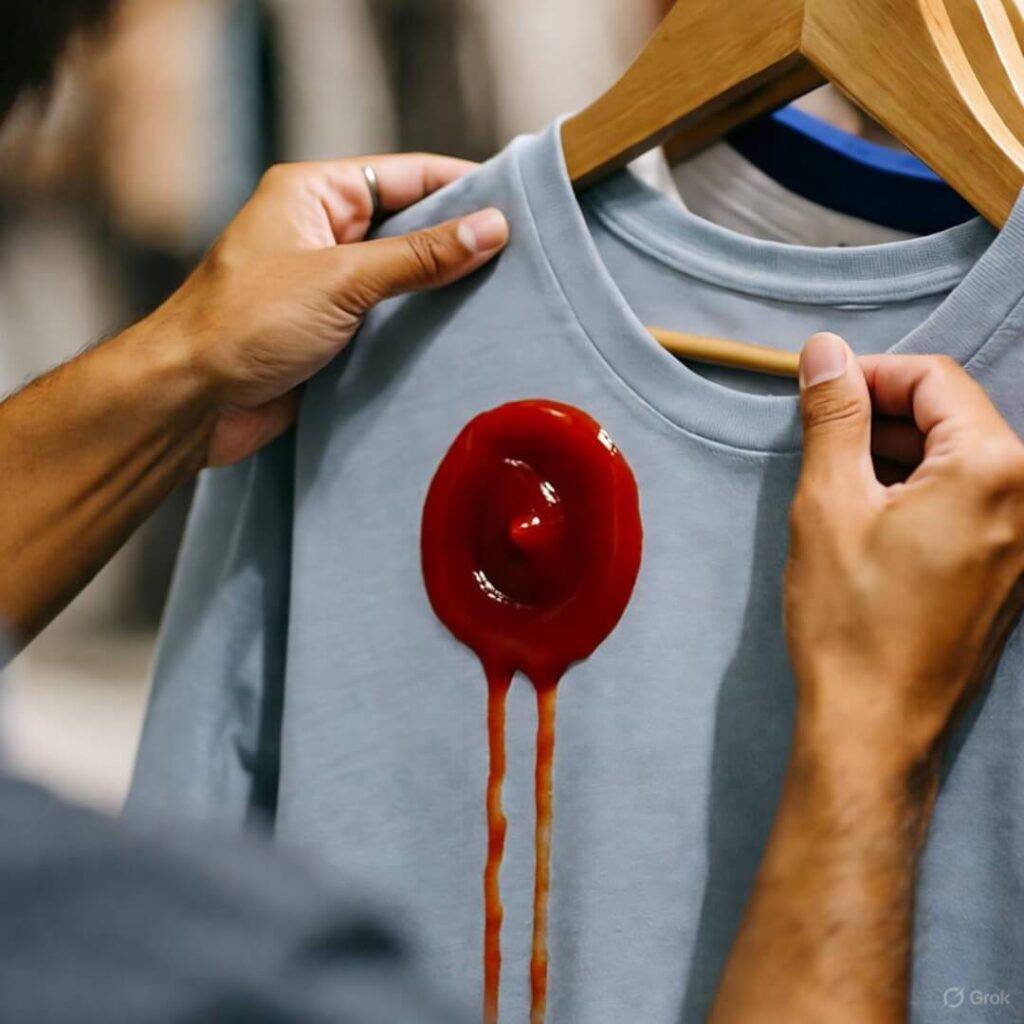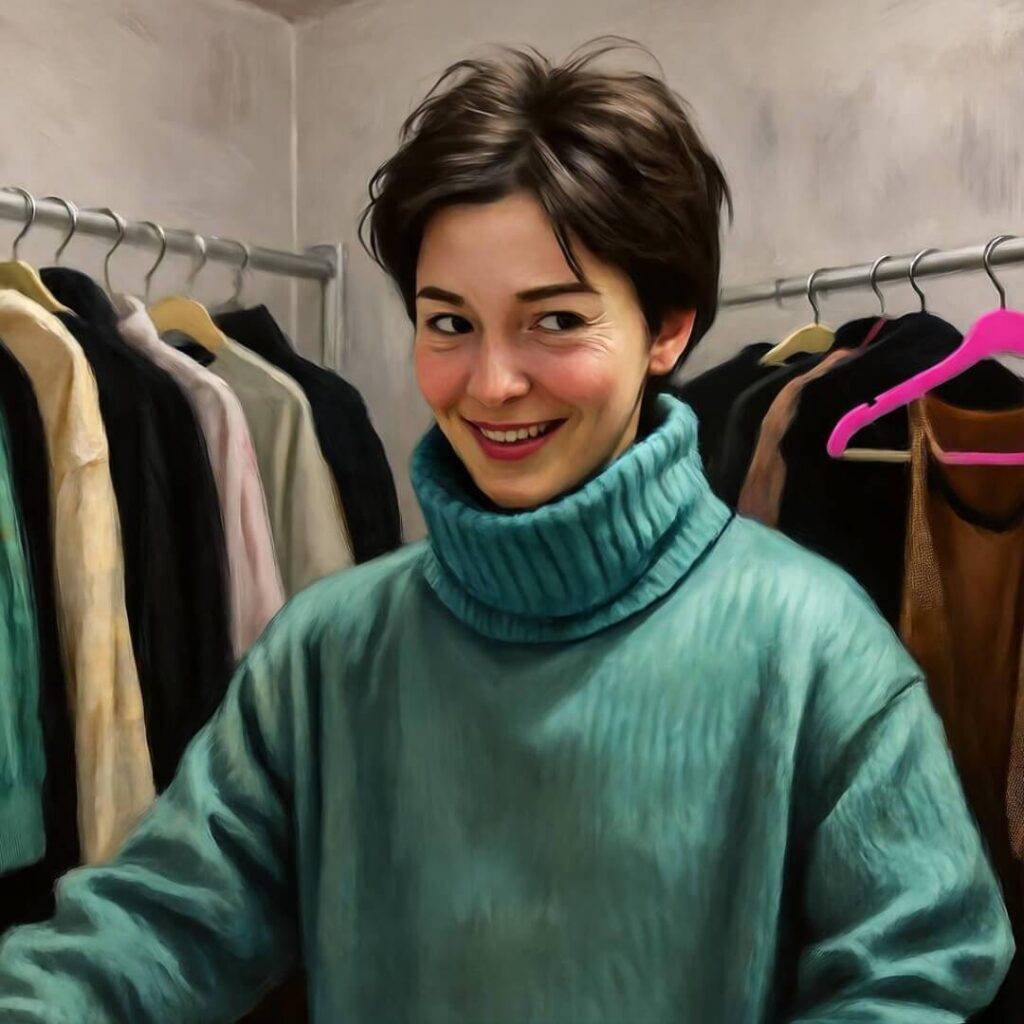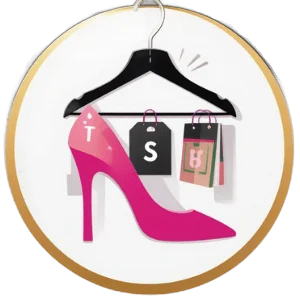Slow fashion has got me hooked y’all. I’m sprawled on my saggy couch in my Chicago apartment, surrounded by thrifted mugs (one’s chipped, oops) and a wobbly chair I snagged for $6 at a flea market. Back in 2019 I was all about those $4 H&M crop tops that made me feel like a TikTok star for, like, five seconds. Problem? They’d fall apart faster than my phone battery. That plasticky smell from Shein hauls still makes me wanna hurl. Now I’m all about sustainable style but it’s been a sloppy, coffee-stained mess getting here.
Why Fast Fashion’s a Total Rip-Off
The Great Sequin Fiasco
Fast fashion got me good. So 2020, I snagged this sequin crop top for $9 for a party. Wore it once, felt like a dollar-store diva, then tossed it in the wash. Big mistake. Sequins everywhere, like I’d murdered a disco ball. My roommate still roasts me for the glitter stuck in our dryer. That’s when I started thinking why am I chasing trends that vanish quicker than my paycheck? Fashion Revolution says fast fashion pumps out 100 billion garments a year most ending up in landfills. My sequin disaster was like proof I was part of that mess.
- It’s trash: Those cheap clothes? They shred and you’re left with nada.
- It’s shady: Workers getting paid pennies for my $7 jeans? Gross Clean Clothes Campaign spills the tea.
- It’s boring: Fast fashion’s got no soul—just mass-made junk.
My Thrifting Screw-Ups (and a Couple Wins)
Thrifting’s my jam now but I’m no pro. First time at Goodwill I grabbed a neon orange skirt thinking I’d be some eco-fashion queen. Nope. I looked like a traffic cone. But then I found this soft linen shirt—bit of a stain smells like someone’s grandma’s lavender soap and I’m weirdly into it. Thrifting’s like digging for treasure; sometimes you score a Patagonia jacket for $10 sometimes you’re stuck with a skirt that screams “road work ahead.”

Slow Fashion’s Saving My Butt (Sorta)
Why Sustainable Style Feels Better
Slow fashion is not just about saving the planet—it’s about feeling like me. I’m rocking this thrifted denim jacket right now taco crumbs and all (don’t judge). It’s got a tear on the sleeve but it’s mine ya know? Snagged it at Buffalo Exchange and it’s got more personality than anything from a mall. Plus I’m not adding to the 92 million tons of textile waste dumped yearly according to Earth.org. Thats a win even if I’m still a total mess.
- Quality over quantity: One good thrifted coat’s worth ten flimsy ones.
- Clothes with stories: Secondhand stuff’s got history—way cooler than a barcode.
- Saves my broke ass: Thrifting’s cheap and I’m skint so it works.
My Half-Assed Slow Fashion Tips
I ain’t no expert but here’s what I’ve learned:
- Start small: Hit a thrift store. Don’t expect a whole new wardrobe day one.
- Check fabrics: Cotton wool—stuff that lasts. Polyester’s a scam.
- Own the flaws: Got a stain? Call it quirky. Ain’t nobody perfect.
- Know some brands: Eileen Fisher does sustainable right.

Yeah, I’m Still a Walking Disaster
Okay real talk: I’m no Slow Fashion guru. Last week I almost impulse-bought a $15 dress online ‘cause it was “cute.” My finger was this close to hitting “buy now.” Sustainable style’s awesome but it’s tough when every ad’s screaming “New season new you!” Thrifting’s a slog sometimes—musty racks weird smells. But when I slip into that thrifted sweater all cozy and too big it’s like a hug from someone’s random grandma. It’s worth it even if I’m screwing up half the time.

Wrapping This Mess Up
So yeah slow fashion’s my thing now even if I’m tripping over myself like a drunk toddler. I’m just a gal in Chicago sipping coffee from a chipped mug trying not to trash the planet. Fast trends? They’re like that sketchy gas station burrito—sounds fun but you’re regretting it by midnight. If I can ditch the polyester pile you can too. Swing by a thrift store this weekend y’all. Find something with a vibe. Tell me your best thrifted score in the comments—I’m nosy as hell!



